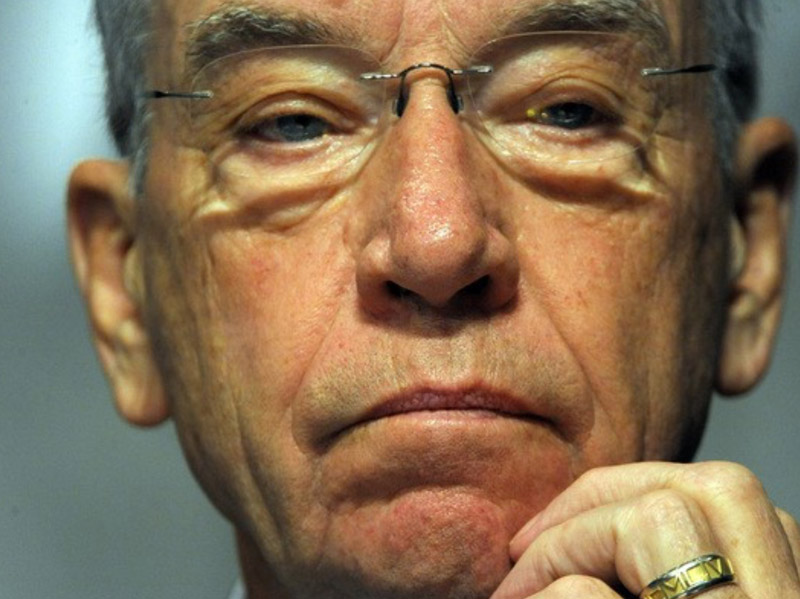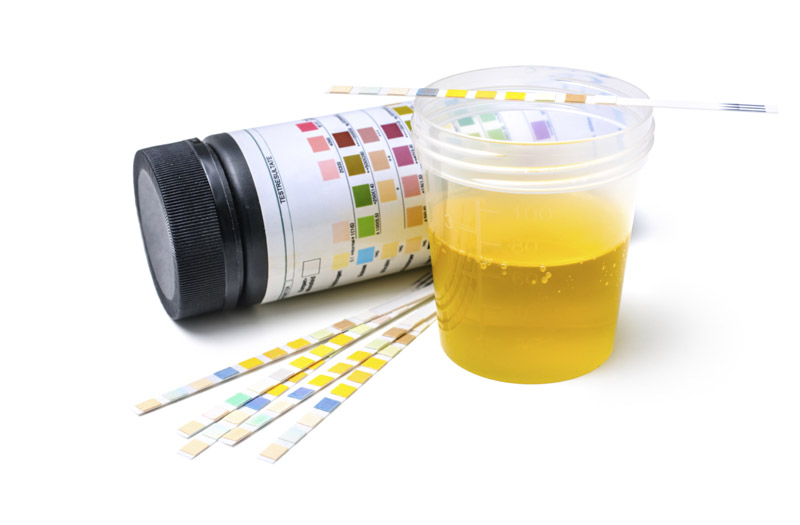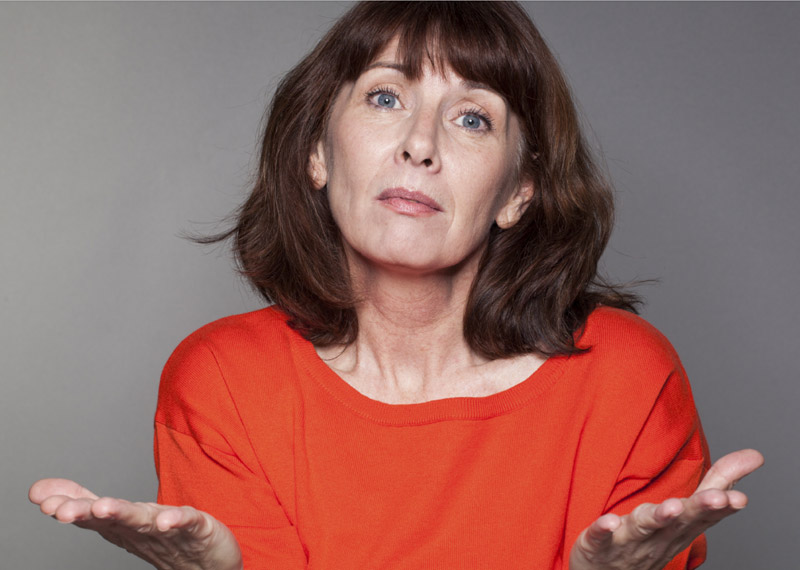
It was a mom’s gut intuition. I had to fly to Maui to see my son who I envisioned flailing in desperation due to excessive alcohol consumption. He moved there with the dream of being a dive master, but I felt he was taking a different type of dive.
My cousin joined me and with feet on the ground, we tracked him to a hotel – only to have a security guard have to open the door of the room he was staying. I turned a corner to find my 29 year old son in a precarious situation on the bed with eyes glazed staring at the ceiling. I quietly whispered his name, thinking he was dead, and he blinked. My cousin and I went into flight mode, trying to pick him up off the bed – watching him crawl on the floor – hearing him spout clear jibberish – and we made a phone call to 911.
Police and paramedics showed up and as the former talked a ‘yep just another drunk’ conversation, I caught the eyes of one of latter, a paramedic who clearly understood that was not acceptable to me. While my son could talk surprisingly in the alcoholic state, he did not want help. So, in a compassionate voice, the paramedic said,” buddy let’s go”. And, I climbed into the passenger side of the ambulance with gratitude that the paramedic understood no was not an option.
We paced the hospital ER floor until the head ER doctor called me in and proceeded to tell me if I drank as much as my son, I’d be dead. “Well, this is not about me, so what are you going to do? ” I responded. With crossed arms he told, “nothing” because miraculously my son was talking and he didn’t want help, so it was impossible to help him.
I heard, I’m possible – and that answer is my number one lesson. Never, ever, let a hospital official say they can’t help your child because they are over age and said no. Impossible, I think not!
It was my cousin who said let’s call Joe. On the other side of the country, he got on plane in Brooklyn. I clearly thought he would head to the beach, but he headed to our hotel, where he asked to see my son. Back from the hospital and with a bottle we couldn’t pry from his hands, I had left him in the room to welcome Joe. I opened the door to see him slumped on the couch. Joe looked in, turned and said to me, “you are no longer here.”
Even writing that, I start crying with my heart in my throat as Joe explained he will be the only lifeline. In a hotel room down the hall my cousin and I waited, for days while Joe called paramedics twice more, with an intention to get my son sober enough to get him off the island avoiding seizures and getting some kind of confirmation that he would agree to leave, and get help.
And, my son, who doesn’t even remember I had been in Maui for almost two weeks, still didn’t want help. He was so still under the influence that he thought the hotel assigned Joe as another person in his room. So, it was time to make another decision.
So lesson number two, don’t wait for someone to hit rock bottom – set it up. Excruciating, based on the premise that he has two choices, to live or die – and it is not only him who will do either, but his family and friends as well.
So, with a call to my former husband and friend, I got consensus – to sell my son’s truck, take most of his clothes and leave him with a pair of shorts and a top and flip flops, to take his wallet and only leave his driver’s license and medical insurance card, and leave his phone. Then I went to the front desk and checked him out of his room. He still didn’t know I was there. While getting more sober, Joe was his lifeline. More than excruciating.
With Joe back on a plane to Brooklyn, and it being a total of 13 days, my cousin and I got ready to head to the airport as well. Time for us to go home, such a hard decision.
About two hours before our flight, I got the first call. “Mom, I can’t find my truck.” I told him I was sorry and I loved him, then hung up and cried. About a half hour later, I got the second call, “Mom, I had to check out of the hotel and can’t find another to stay at and I don’t have my wallet.” I told him he might want to find a shelter before it got dark. I told him I loved him, then hug up and cried some more. About another half hour later, I got the third call, “Mom, I don’t know what to do.”
I suggested he look at his phone – there were two numbers to call. One to dear friends of ours (that I was with at that exact time) who would pick him up off the streets and bring him to the airport, and the other Joe, to meet him in Brooklyn at the sober living home. A minute later, my friend’s phone rang, and it was my son, ready to be picked up off the streets in Maui and head to Brooklyn.
Of course, I wanted to run to him, to hold him, to tell him life is worth living, but I had to let go of that lifeline. And because I did, he is alive.
My son is alive because of excruciating decisions validated by the depth of wisdom of Joe, the steadfast love of my cousin, the loyal support of our Maui friends, the incomparable belief of our family…and my son making the choice not only for him to live, but all of us to live.
He’s coming to visit for Mother’s Day…and I am sobbing with joy as I write that. There were a few other people that were steadfast realistic in this journey, and I thank them profoundly. They know who they are.
It is possible; don’t accept ‘we can’t help because he/she doesn’t want help’ – and you might have set up rock bottom – because our kids are always our kids and sometimes through life they need our help, even when they don’t want it.
A lifeline, Joe saved yet another life.

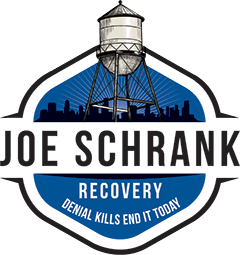

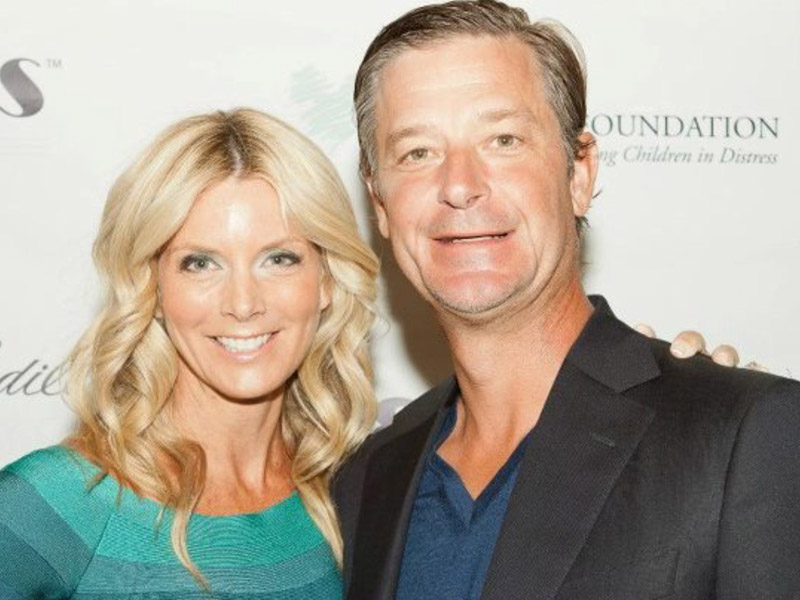
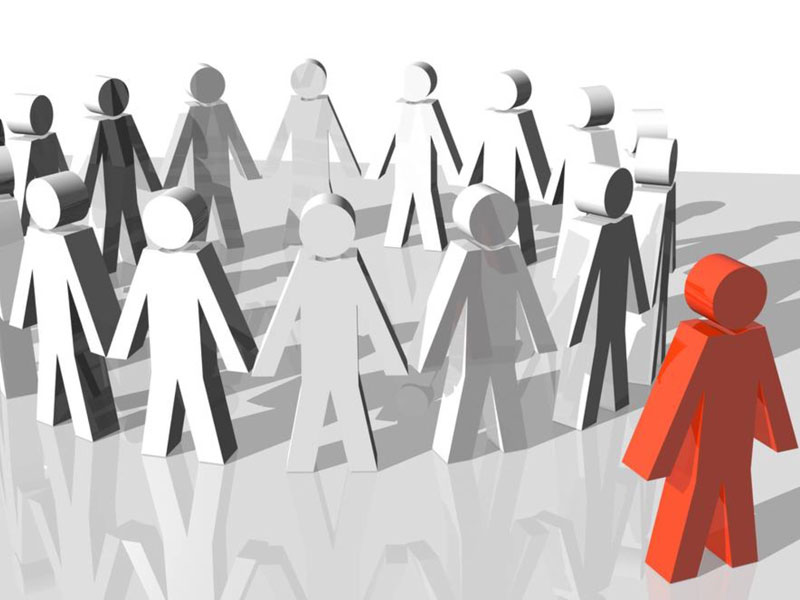
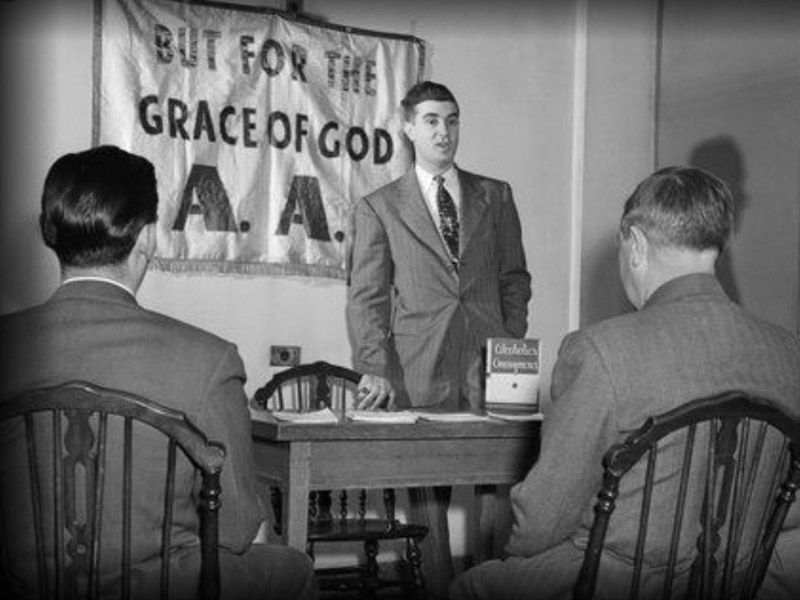

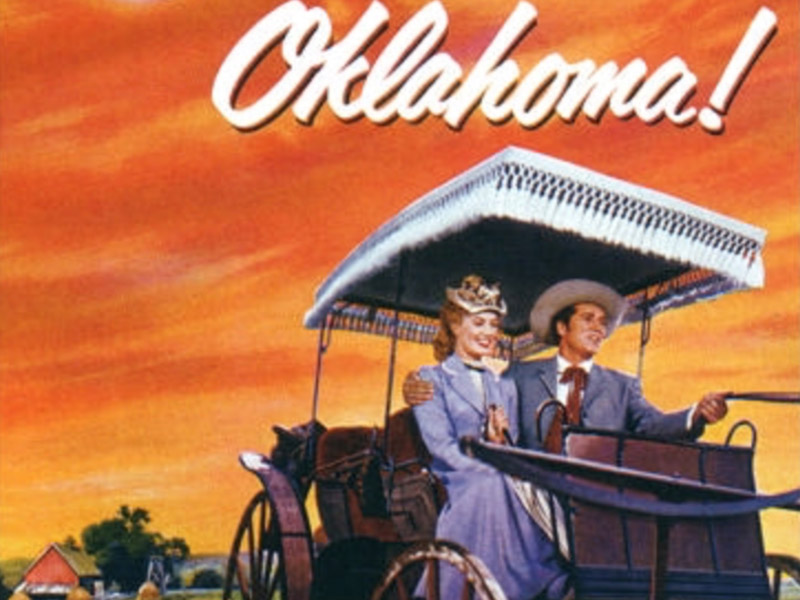 Yesterday in a bizarre ruling, an Oklahoma court found forced oral sex with someone too intoxicated to consent, legal. Huh? Can that be possible? “Yes” is the sad and inexplicable answer. The case that produced the ruling involved a 17 year old boy and 16 year old girl. A later hospitalization showed the girl had a blood alcohol content of .34, which could produce death. She was drunk, bone saturated drunk beyond recognition and certainly beyond any ability to consent to anything. There were no reports regarding the boy’s level of intoxication, if any. Rightfully so, there are numerous public outcries from advocacy groups and just about anyone with a a sense of humanity. Think about the message here: pesky courtship and dating rituals, consensual decisions are way too bothersome, all you need is a 12 pack and a passed out date. There are so many issues with this that should be examined and the media is alive with condemning the court’s decision. Much of the attention is focused on the boy. That he was a calculating sexual predator. He might be but there is a massive oversight when discussing the problem and that is the alcohol. Of course the alcohol doesn’t excuse the behavior and certainly doesn’t let anyone off the hook but it’s playing a big role here and we should take a look at it.
Yesterday in a bizarre ruling, an Oklahoma court found forced oral sex with someone too intoxicated to consent, legal. Huh? Can that be possible? “Yes” is the sad and inexplicable answer. The case that produced the ruling involved a 17 year old boy and 16 year old girl. A later hospitalization showed the girl had a blood alcohol content of .34, which could produce death. She was drunk, bone saturated drunk beyond recognition and certainly beyond any ability to consent to anything. There were no reports regarding the boy’s level of intoxication, if any. Rightfully so, there are numerous public outcries from advocacy groups and just about anyone with a a sense of humanity. Think about the message here: pesky courtship and dating rituals, consensual decisions are way too bothersome, all you need is a 12 pack and a passed out date. There are so many issues with this that should be examined and the media is alive with condemning the court’s decision. Much of the attention is focused on the boy. That he was a calculating sexual predator. He might be but there is a massive oversight when discussing the problem and that is the alcohol. Of course the alcohol doesn’t excuse the behavior and certainly doesn’t let anyone off the hook but it’s playing a big role here and we should take a look at it. 